This painting depicts a whore or a harlot, i.e., a self-employed prostitute. Lower on the social ladder was brothel prostitutes, and higher were prostitutes, courtesans and concubines.
Source: Gli abiti de veneziani di quasi ogni età con diligenza raccolti e dipinti nel secolo XVIII, by Giovanni Grevembroch (1731–1807), which in four volumes contains over six hundred watercolours of how Venetians dressed in the 1700s.
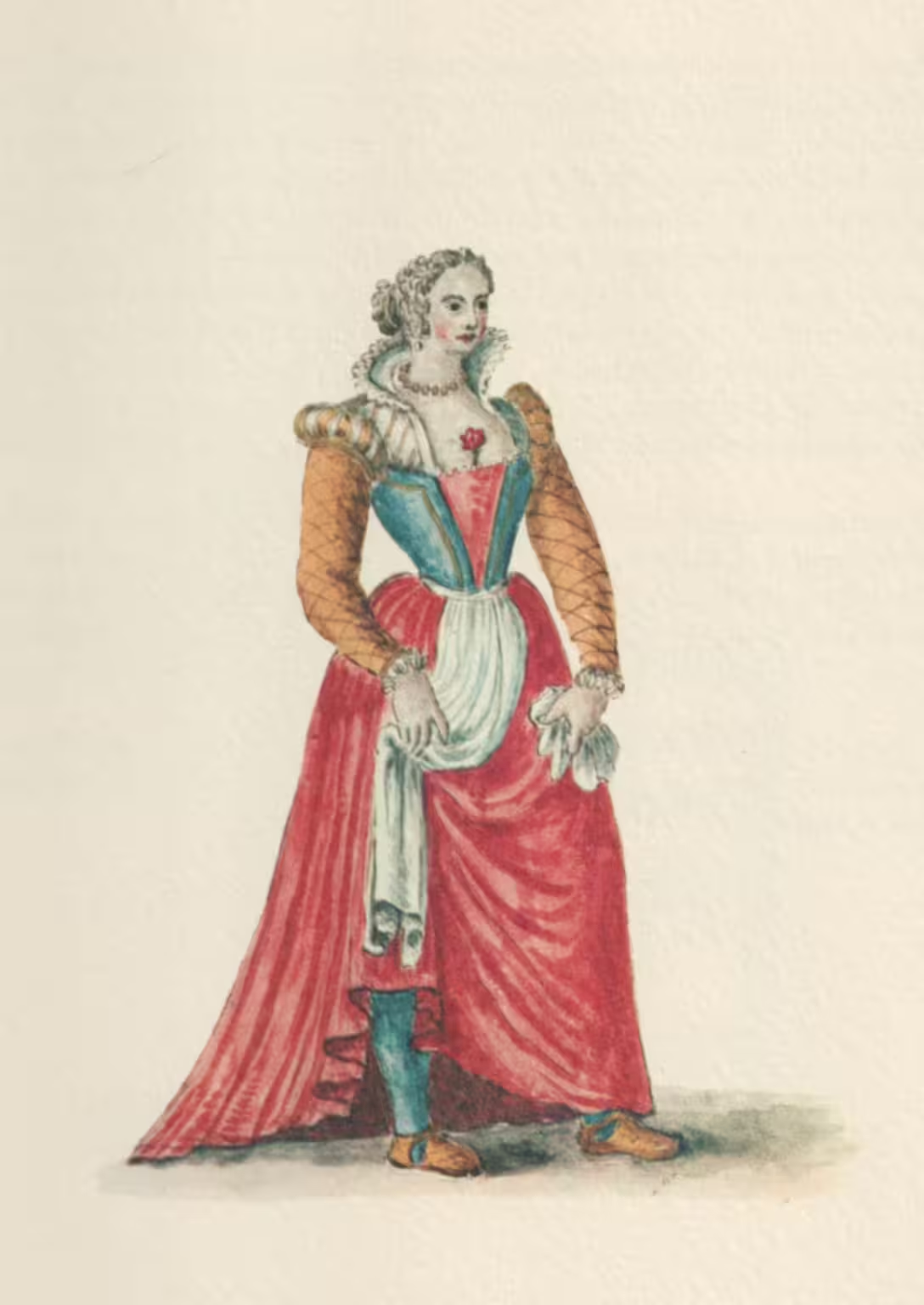
Whore
Even the Whores were distinguished by the bearing of their Dress while walking around the City. They were forbidden by Laws of 1428 and of 1447 to sleep in Taverns, to leave tolerated Places, to give lodging in their own House to Foreigners, and to go to Nuns’ Parlours.
In that Century these were in the Contrade of S. Samuele, S. Apollinare, and S. Geminiano. It was the duty of the Heads of the Sestieri to avoid inconveniences, and to supervise their dress because they could not adorn themselves with gold, silver, and silk, except with a Bonnet on their Head. They kept a Pimp in the guise of a Servant, a Custodian, and a Beau so as not to be harassed by Vagabonds.
The Gentleman of Saint-Didier1 in the Report on Venice, to the Chapter of Women of Misdeeds, expressed himself thus: It is two hundred and fifty years that in that City, lacking Whores, made it necessary for the Republic to bring a great number of Foreigners. Doglioni2 added: In this way it knew how to provide for the safety of the Women of honour who were every day publicly raped, and that even the most respectable Places were not a refuge for chastity.
These used on the face the foundation coming from the Levant; or from France, or from the ancient disgusting Roman custom. It is certain, that such a Fashion did not pass the Alps, until the past age, with little pleasing genius of Men, from which originated certain Waters simpler, and less corrosive.
Fate wants, that we must offer the meditation on this unfortunate to Mrs. Diamante Porcellini.
Translator’s notes
- The reference is to Limojon de Saint-Didier (1680), p. 398. Limojon de Saint-Didier (c.1630–1689) was the French ambassador to Venice in the 1670s. ↩︎
- I believe this refers to Giovanni Nicolò Doglioni (1548–1629), but Grevembroch no doubt copied the citation from Limojon de Saint-Didier (1680), which has the exact same quote. ↩︎
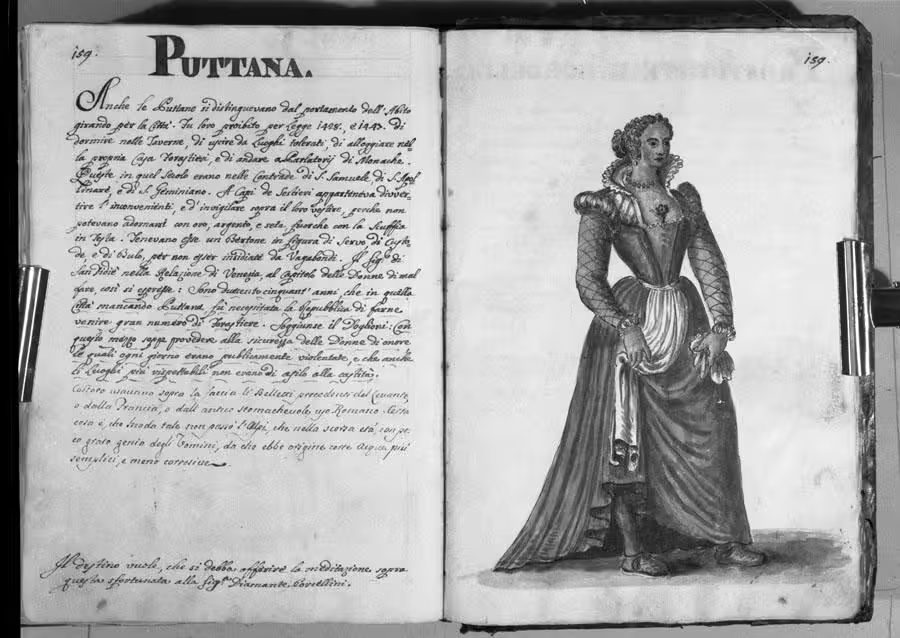
Original Italian text
Puttana
Anche le Puttane si distinguevano dal portamento dell’Abito girando per la Città. Fu loro proibito per Legge 1428, e 1447 di dormire nelle Taverne, di uscire da Luoghi tolerati, di alloggiare nella propria Casa Forastieri, e di andare a Parlatorij di Monache.
Queste in quel Secolo erano nelle Contrade di S. Samuele, di S. Apollinare, e di S. Geminiano. A Capi de Sestieri apparteneva divvertire l’inconvenienti, e d’invigilare sopra il loro vestire, perche non potevano adornarsi con oro, argento, e seta, fuorche con la Scuffia in Testa. Tenevano Esse un Bertone in figura di Servo, di Custode, e di Bulo, per non esser insidiate da Vagabondi.
Il Sig.e di San Didiè nella Relazione di Venezia, al Capitolo delle Donne di mal fare, così si espresse: Sono duecento cinquant’anni, che in quella Città mancando Puttane, fà necessitata la Repubblica di farne venire gran numero di Forastiere. Soggiunse il Doglioni: Con questo mezzo seppe provedere alla sicurezza delle Donne di onore le quali ogni giorno erano publicamente violentare, e che anche li Luoghi più rispettabili non erano di asilo alla castità.
Costoro usavano sopra la faccia li Belletti procedenti dal Levante; o dalla Francia, o dall’antico stomachevole uso Romano. Certa cosa è, che Moda tale non passò l’Alpi, che nella scorsa età, con poco grato genio degli Uomini, da che ebbe origine certe Acque più semplici, e meno corrosive.
Il destino vuole, che si debba offerire la meditazione sopra questa sfortunata alla Sig.a Diamante Porcellini.
Grevembroch (1981), vol. 3, p. 159.
Related articles
Bibliography
- Grevembroch, Giovanni. Gli abiti de veneziani di quasi ogni eta con diligenza raccolti e dipinti nel secolo XVIII, orig. c. 1754. Venezia, Filippi Editore, 1981. [more]
- Limojon de Saint-Didier, Alexandre-Toussaint. La ville et la république de Venise. A Paris chez Guillaume de Luyne, libraire Jure, au Palais dans la Salle des Merciers, 1680.

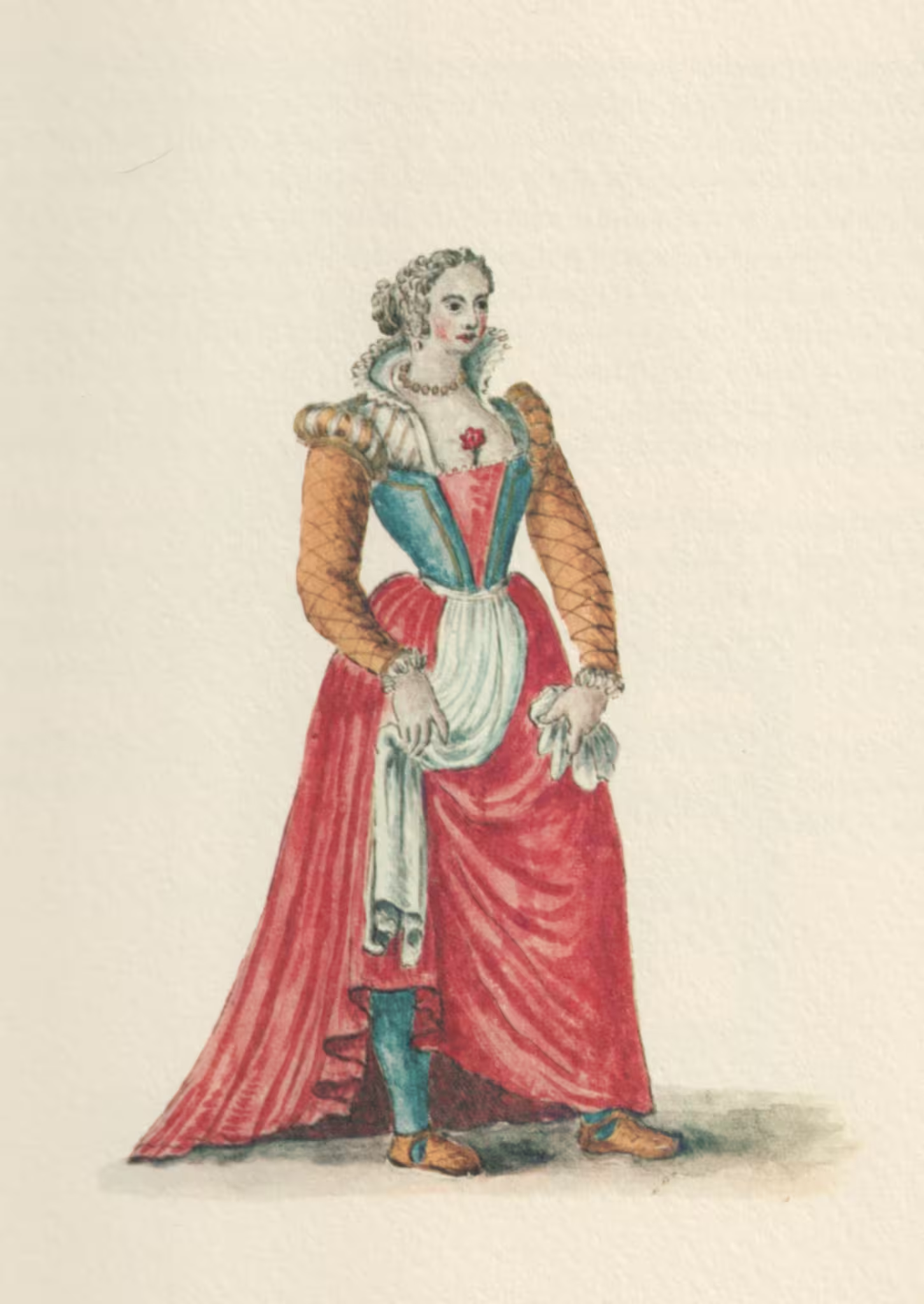
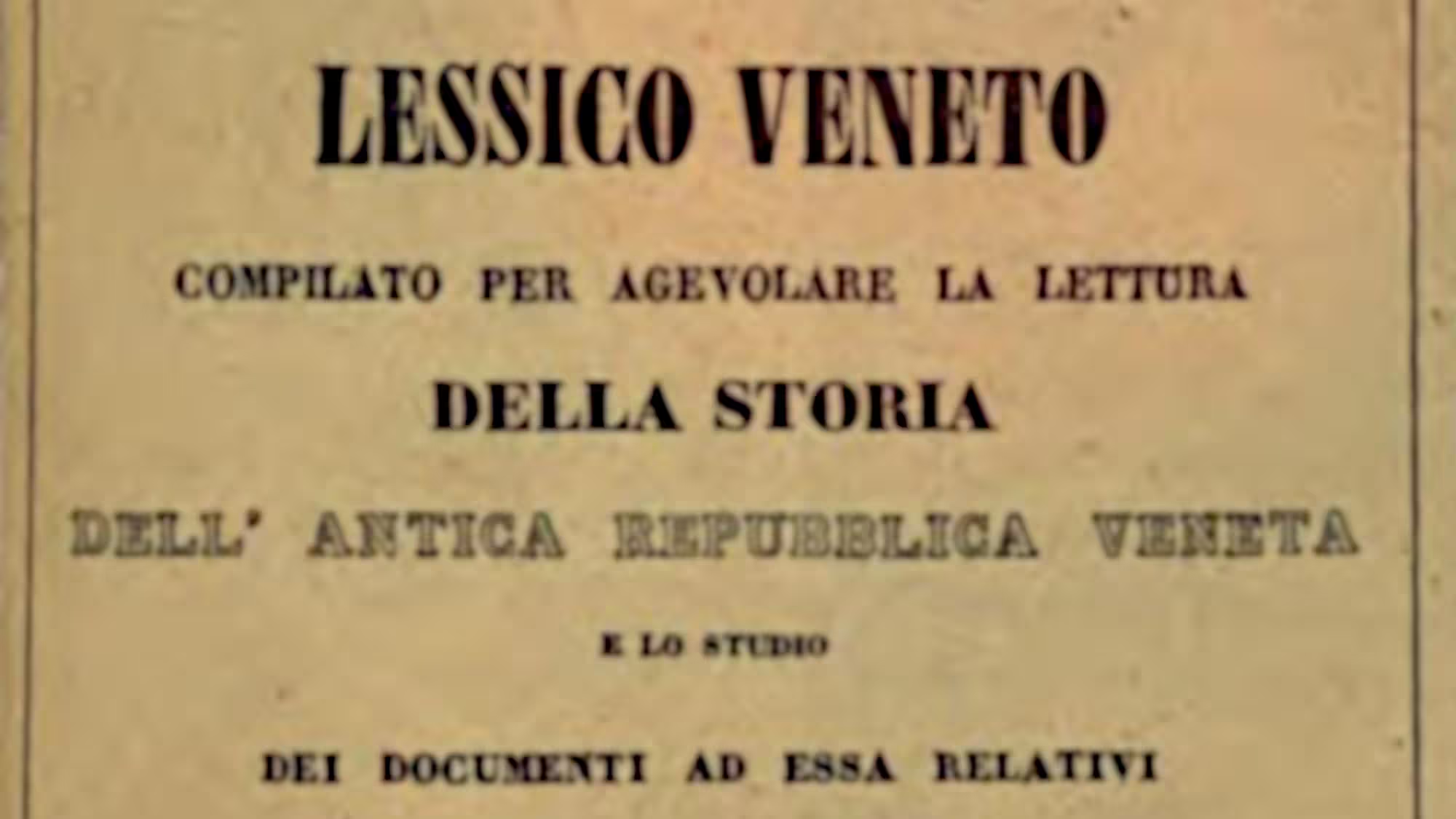
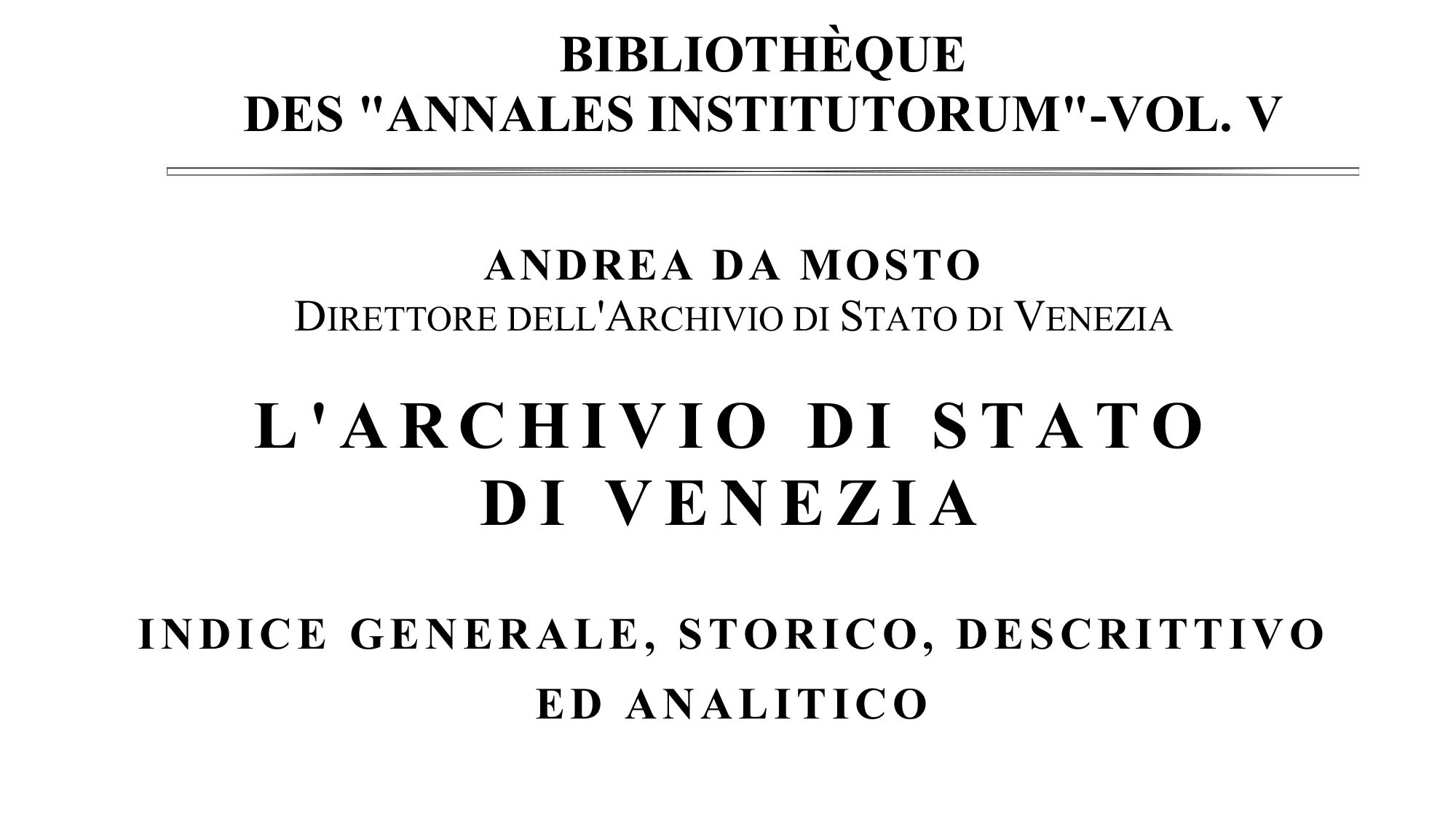
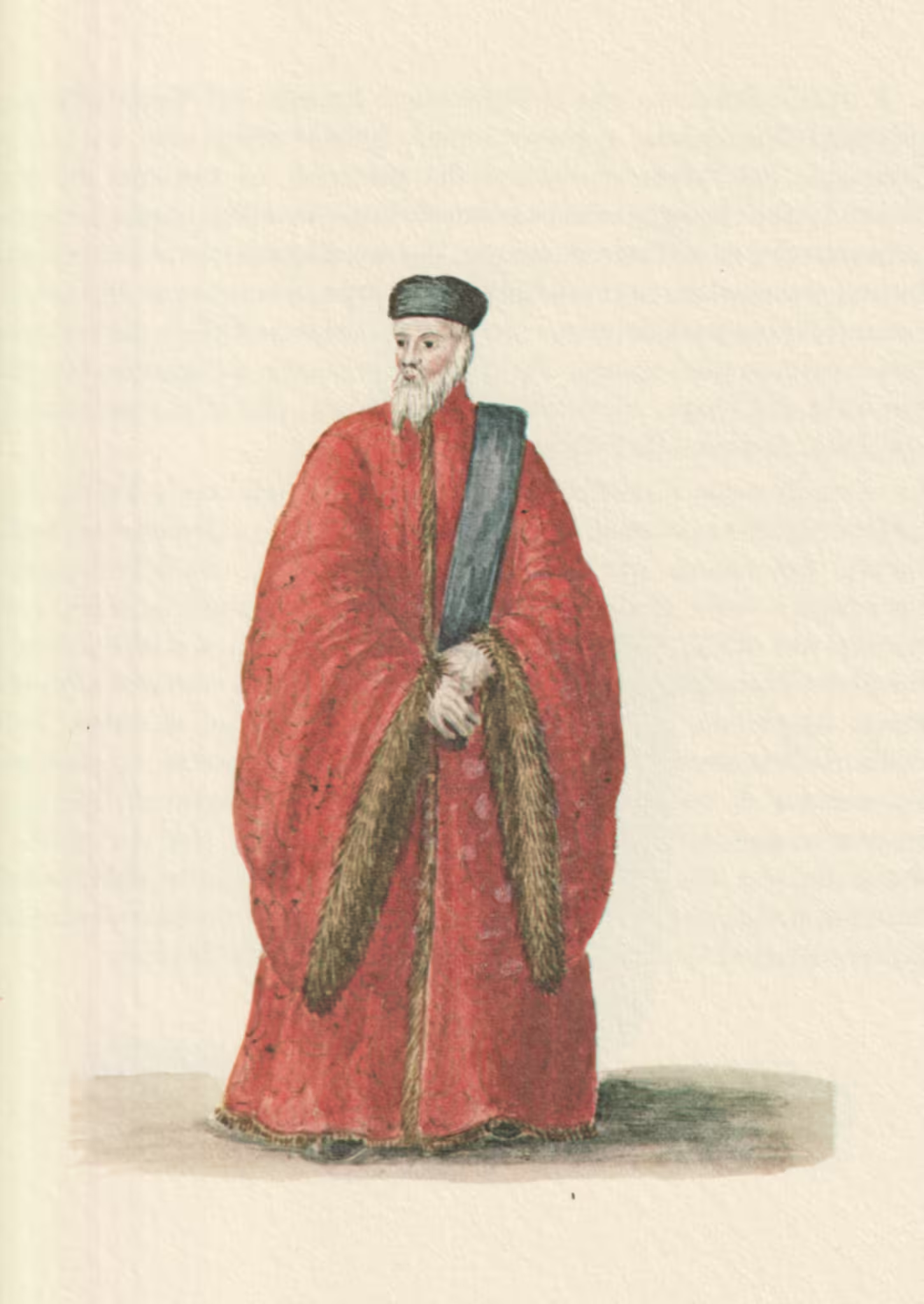
Leave a Reply